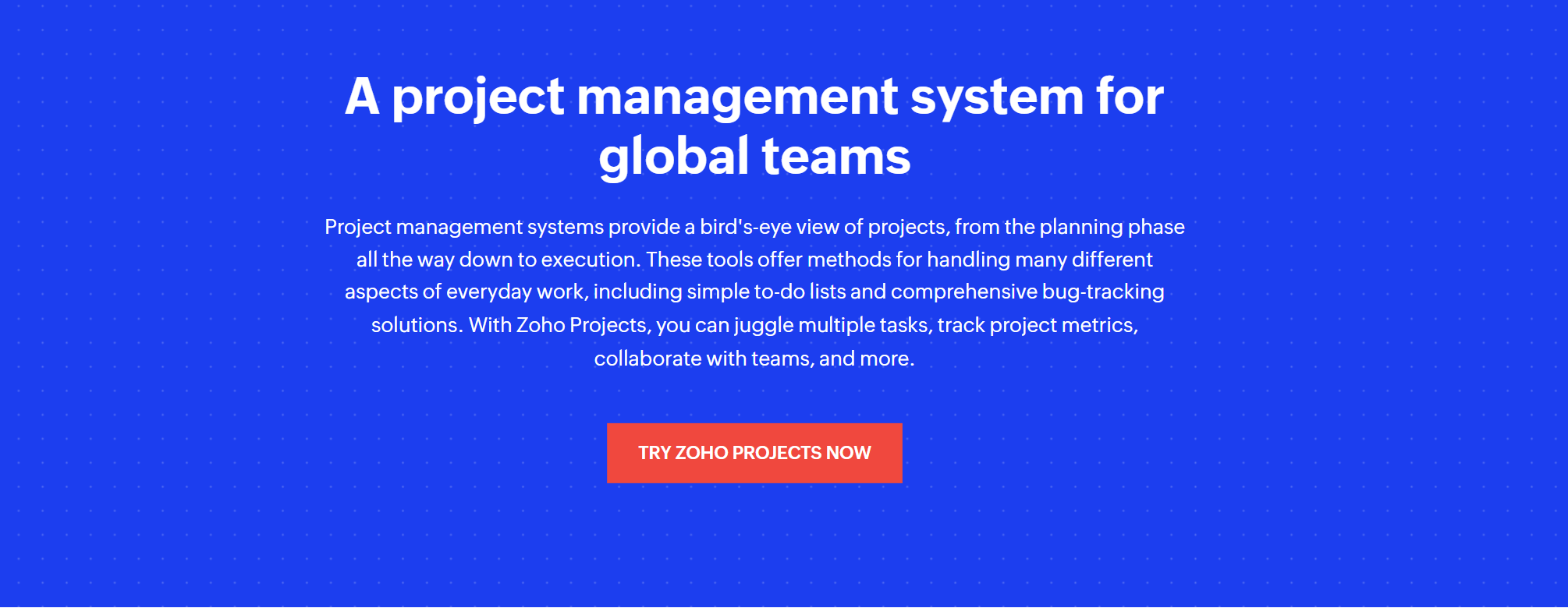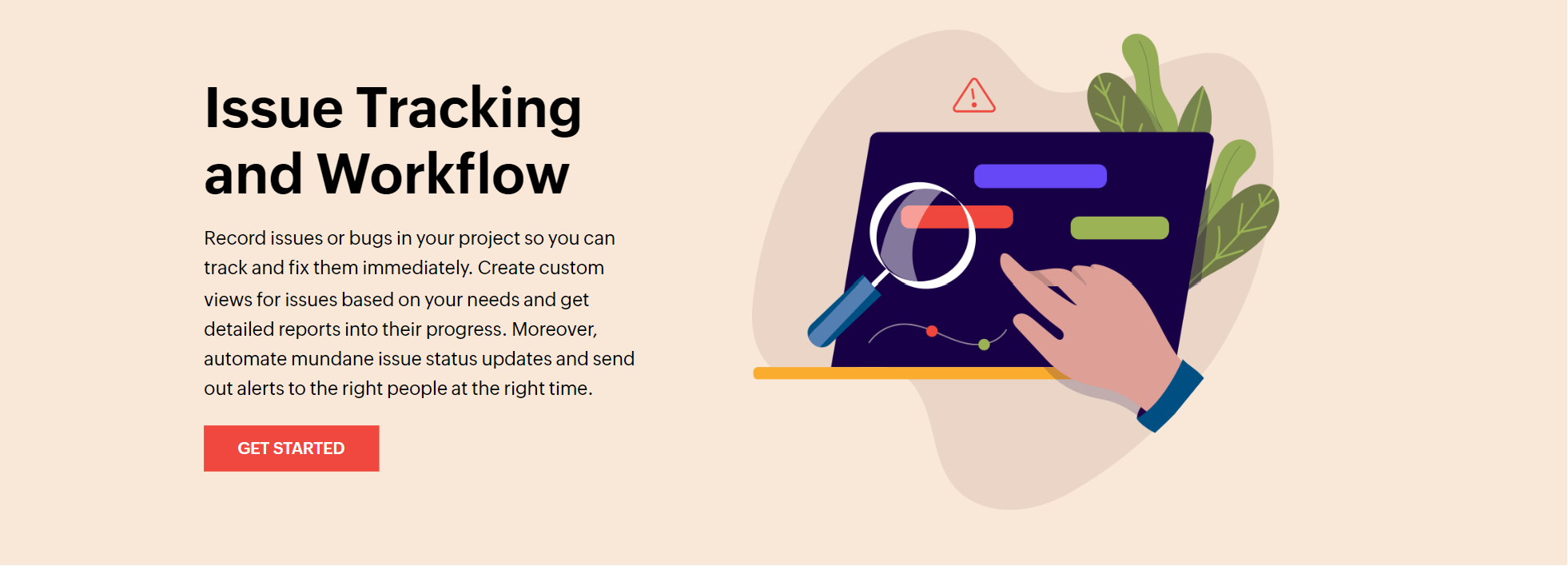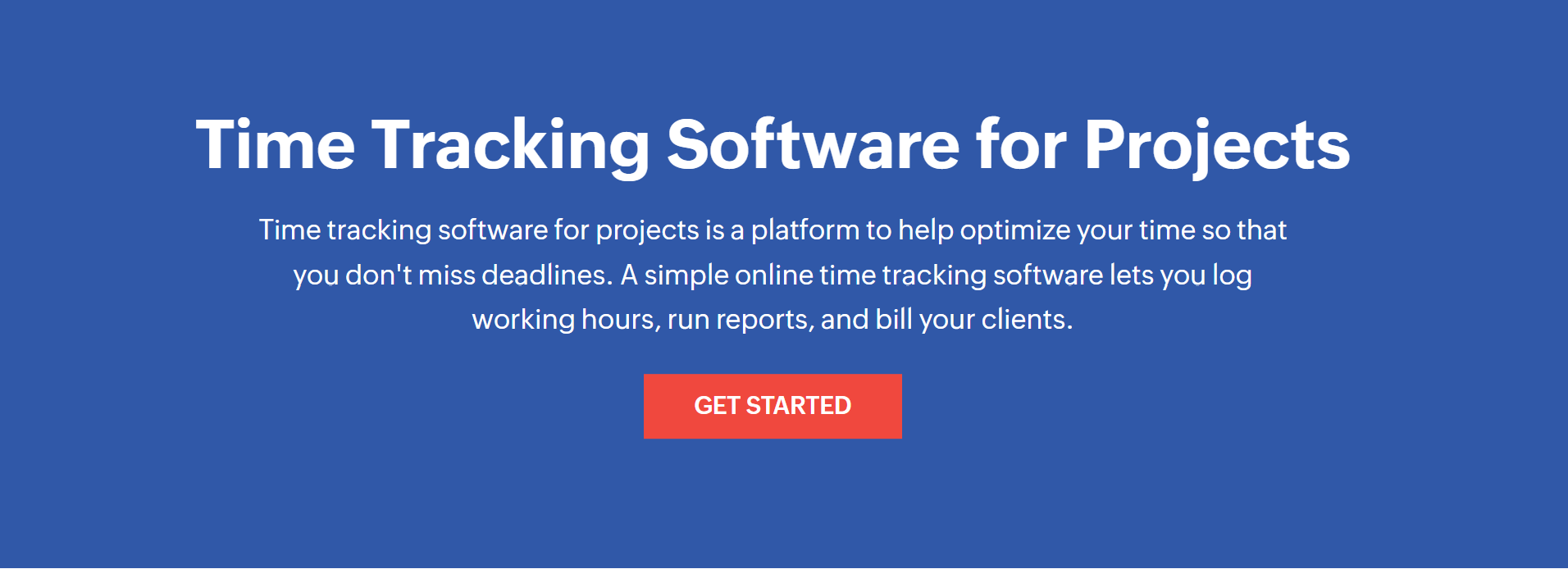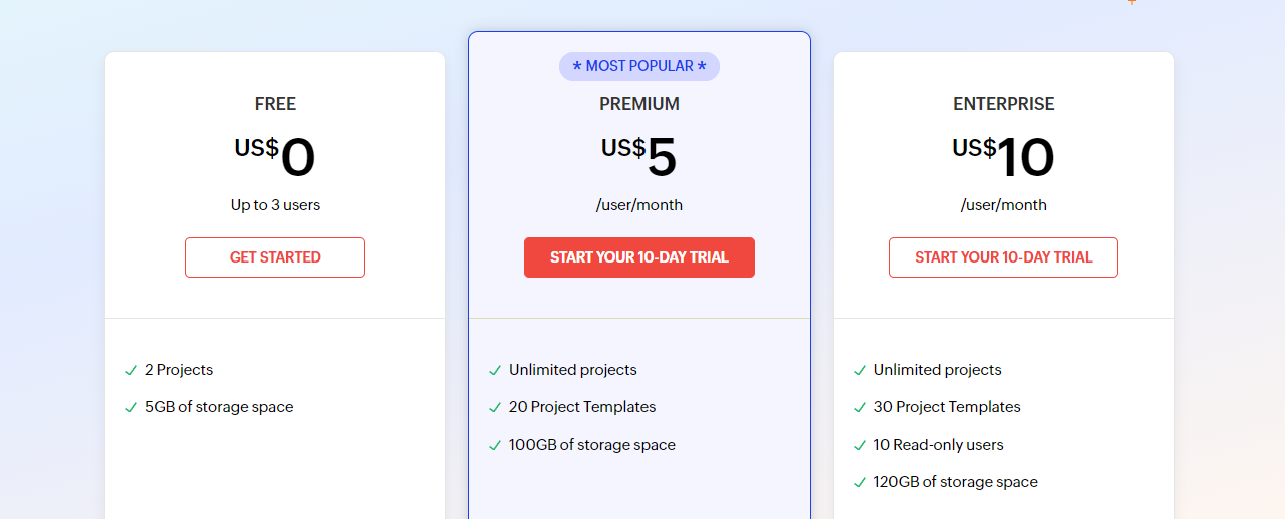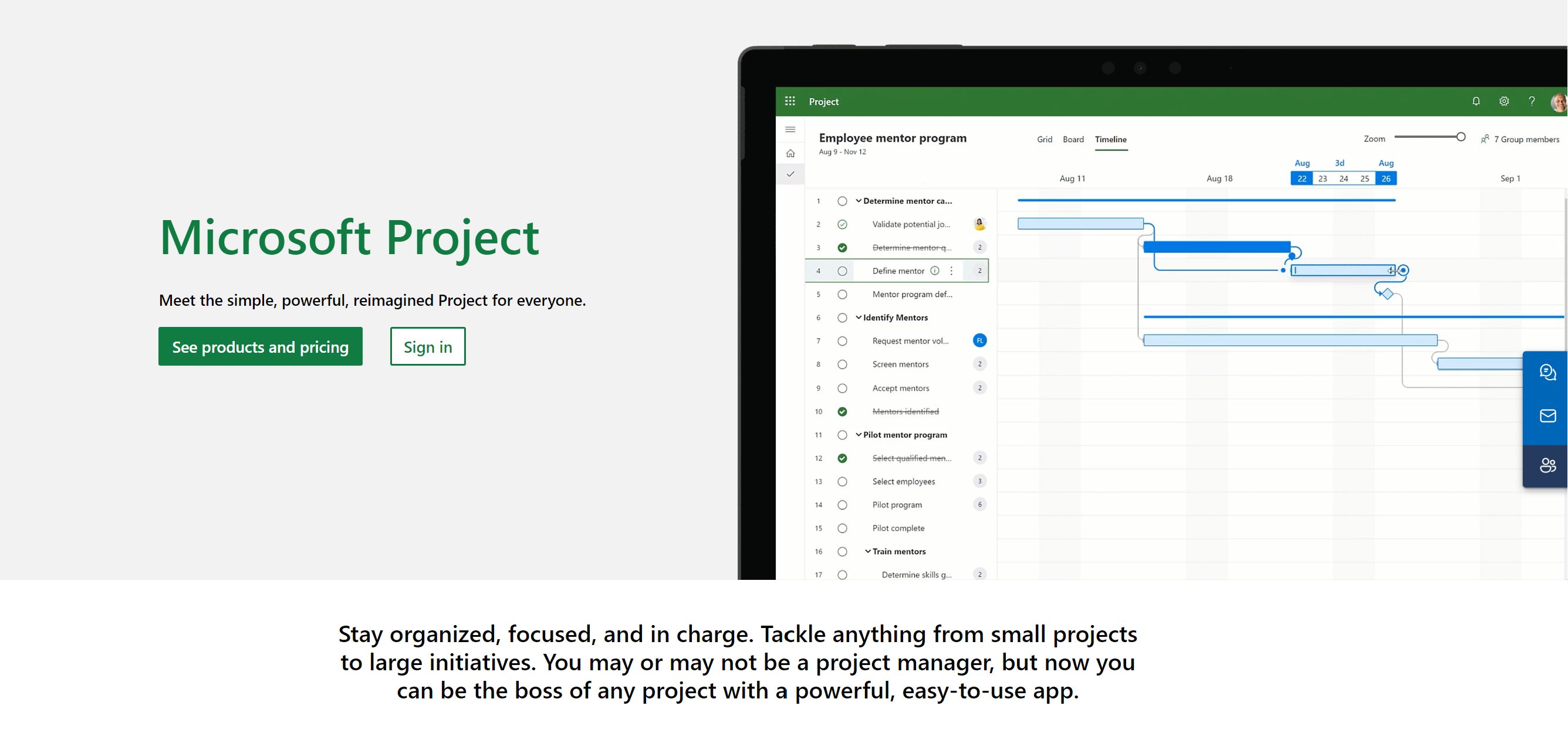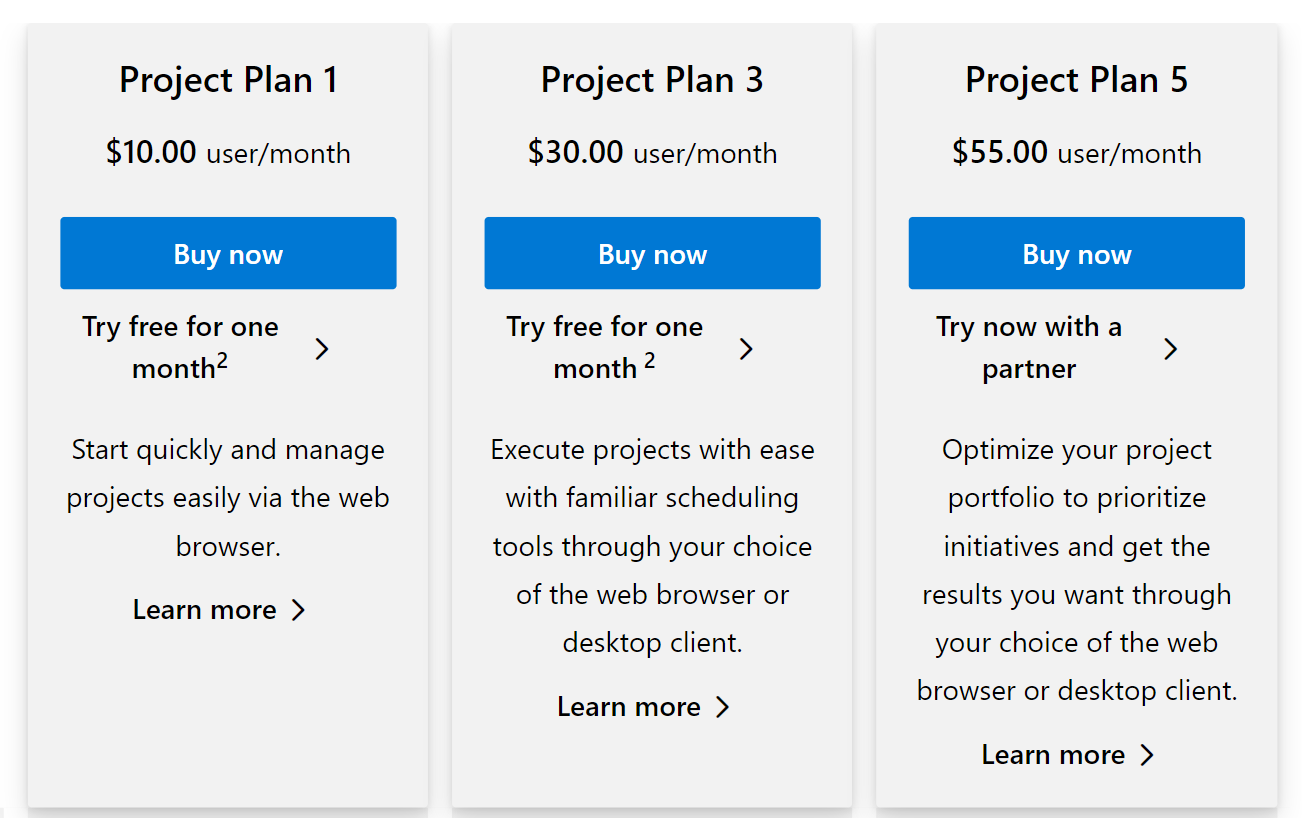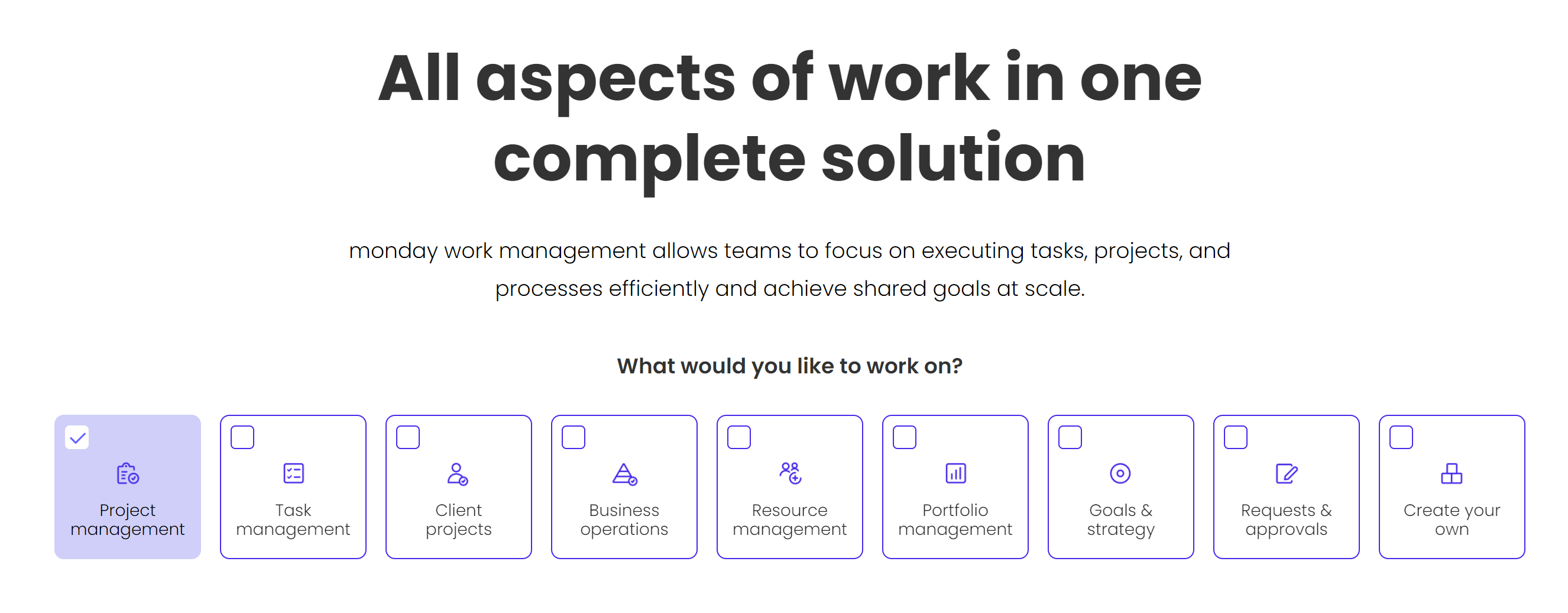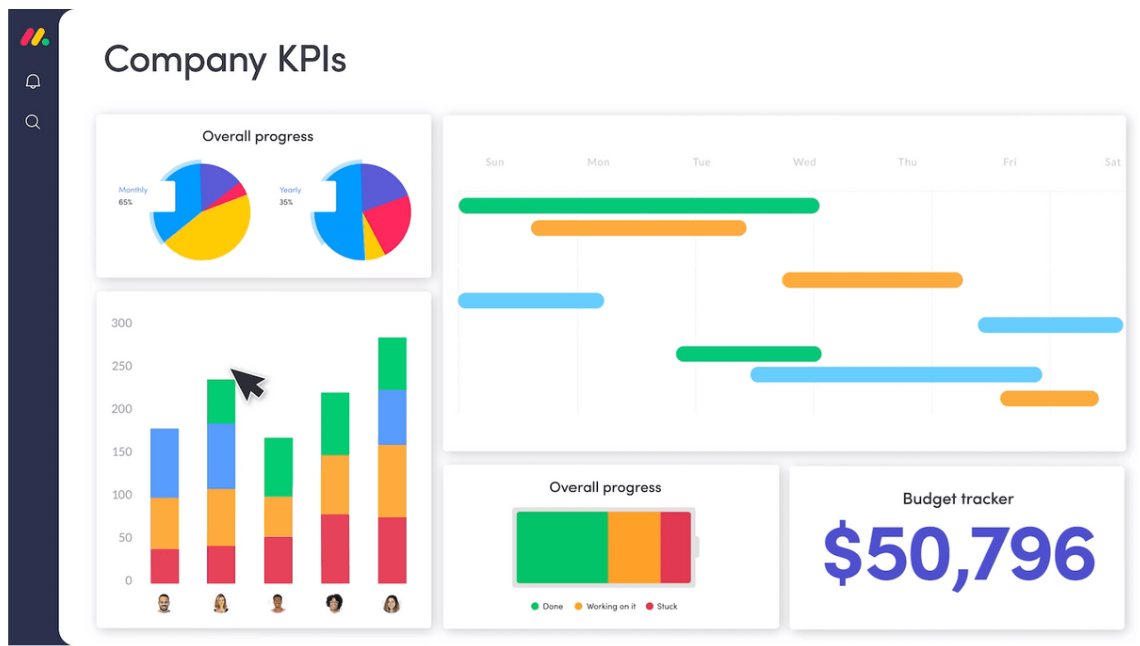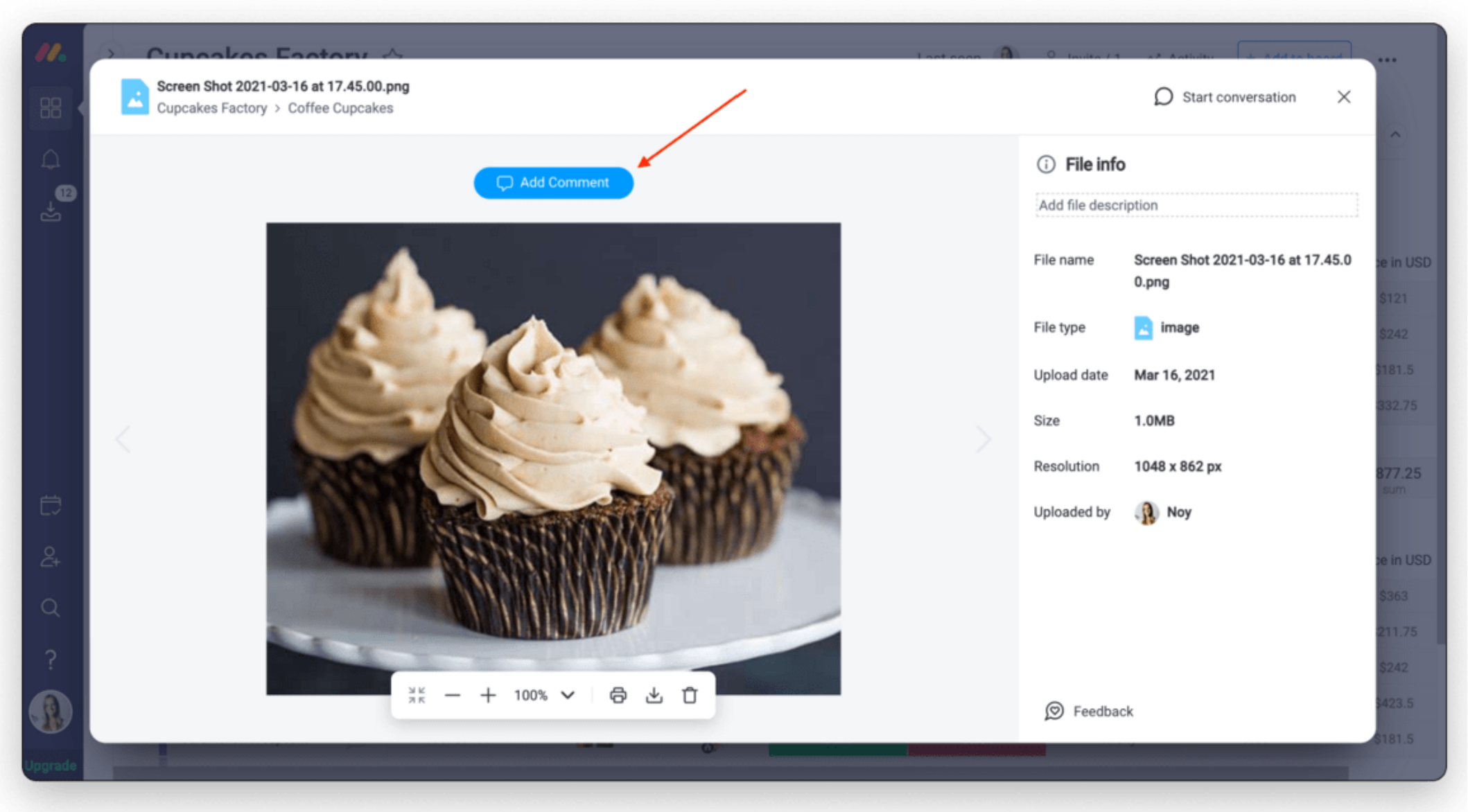Contents
Have you ever felt like juggling too many tasks at once and losing track of what’s important?
That’s where project management tools come into play. They’re the lifeline for teams to stay organized and focused.
These tools make it easy to see who’s doing what and when to keep everyone on the same page. They also boost communication, ensuring everyone stays connected.
Plus, with features like calendars and reminders, they’re perfect for managing deadlines.
In short, project management tools are essential for turning chaos into clarity, ensuring your team works efficiently towards its goals.
Finding the Right Fit: My Journey Beyond Wrike to the Ideal One.
Once, I found myself at a crossroads with Wrike. Despite its many features, it just didn’t fit perfectly with my team’s unique needs.
So, I started a journey to find the ideal alternative. After testing numerous project management tools, I began to appreciate the diversity and specificity each one offered.
This exploration wasn’t just about finding a replacement; it became a quest to understand how different tools could uniquely enhance our workflow, communication, and overall project efficiency.
Zoho Project
I realized that the right tool could transform the way we work, fostering better collaboration and more effective project management.
After my initial exploration, I started using Zoho Projects, and I was immediately struck by its unique strengths compared to Wrike.
One of the standout features for me was Zoho’s streamlined interface, which made navigation and task management more intuitive than in Wrike.
I found its customization capabilities particularly advantageous, allowing me to tailor the tool to fit our specific project needs.
Additionally, Zoho’s integration with other Zoho Suite apps provided a seamless workflow, something that was not as fluid in Wrike.
The cost-effectiveness of Zoho Projects was another major plus, offering comprehensive features without a hefty price tag.
This combination of user-friendliness, integration, customization, and affordability made Zoho Projects a better fit for my team’s needs than Wrike.
For the points highlighting the unique features of Zoho Projects compared to Wrike, a suitable heading could be:
Key Advantages of Zoho Projects Over Wrike: My Personal Discovery
In-Built Issue Tracker
Zoho Projects comes with an in-built issue tracker, a feature I found extremely useful for identifying and resolving issues within projects efficiently.
This tool was crucial for maintaining project quality, something that was more cumbersome to manage in Wrike.
Timesheet Capabilities
Zoho’s timesheet functionality allowed for effortless tracking of every team member’s hours. This feature provided a detailed breakdown of time spent on each task, which was not as straightforward in Wrike, enhancing our ability to manage time and resources effectively.
Budget Tracking
Zoho Projects excelled in its budget-tracking capabilities. It allowed me to set budgets for projects and track expenses in real time.
This financial management aspect, missing in Wrike, was pivotal for keeping our projects within financial constraints.
Dependency Views in Gantt Charts
While Wrike also offers Gantt charts, Zoho Projects took it a step further with its advanced dependency views.
This allowed me to easily visualize and adjust dependencies between tasks, leading to more efficient project scheduling and resource allocation.
How Much Does It Cost?
| Plan | FREE | PREMIUM | ENTERPRISE |
|---|---|---|---|
| Price | US$0 | US$5/user/month | US$10/user/month |
| Users | Up to 3 users | Unlimited | Unlimited |
| Projects | 2 Projects | Unlimited | Unlimited |
| Storage Space | 5GB | 100GB | 120GB |
Microsoft Project
After my time with Zoho Projects, I transitioned to using Microsoft Project, and I was immediately impressed by its distinct advantages over Wrike.
One aspect where Microsoft Project particularly shone was its deep integration with other Microsoft Office tools. This seamless connectivity with familiar applications like Excel and Outlook significantly enhanced our workflow efficiency.
I also found Microsoft Project’s robust resource management features to be a major improvement. Its ability to handle complex project timelines and allocate resources effectively helped in managing larger, more intricate projects, a task that was more challenging in Wrike.
Additionally, the level of detail and precision in Microsoft Project’s reporting tools provided clearer insights into project progress and performance metrics.
These features, combined with the tool’s comprehensive project planning capabilities, made Microsoft Project a more suitable option for our advanced project management needs compared to Wrike.
Key Features of Microsoft Project Over Wrike: My Discovery
Advanced Project Scheduling
Microsoft Project provided a superior level of detail in project scheduling. The ability to use task relationships, constraints, and multiple baselines for tracking project evolution was a game-changer for us.
Resource Leveling
The resource leveling feature was a standout, allowing me to optimize resource allocation across projects and avoid overallocation, which was a complex task to manage in Wrike.
Built-in Earned Value Management
Microsoft Project included built-in earned value management for tracking project performance against the plan. This was particularly useful for measuring project performance and health, without needing additional plugins or software.
Customizable Reports and Dashboards
I was also impressed with the customizable reports and dashboards. Microsoft Project allowed me to create detailed, personalized reports that provided insights specific to our stakeholders’ interests, a level of customization that I didn’t find in Wrike.
How Much Does It Cost?
| Project Plan | Project Plan 1 | Project Plan 3 | Project Plan 5 |
|---|---|---|---|
| Price | $10.00 user/month | $30.00 user/month | $55.00 user/month |
| Free Trial | Try free for one month | Try free for one month | Try now with a partner |
| Features | Start quickly and manage projects easily via the web browser. | Execute projects with ease with familiar scheduling tools through your choice of the web browser or desktop client. | Optimize your project portfolio to prioritize initiatives and get the results you want through your choice of web browser or desktop client. |
Monday.com
Following my experience with Microsoft Project, I tried Monday.com, and it quickly became evident why it stood out compared to Wrike.
The most striking advantage was Monday.com’s user-friendly and highly visual interface. This made it incredibly easy for my team to adopt and use effectively, especially for those who were less tech-savvy.
I was particularly impressed by its customizable workflow templates which allowed us to tailor the platform to our specific project needs, a flexibility that Wrike lacked.
The drag-and-drop functionality in Monday.com made project planning and task management more intuitive and engaging.
Furthermore, its robust integration capabilities with a wide range of external tools streamlined our processes and enhanced our productivity.
These features, combined with its excellent team collaboration capabilities, made Monday.com a more suitable and efficient tool for our projects than Wrike.
Key Features of Monday Over Wrike: My Personal Discovery
Integrated Workdocs
Monday.com’s Workdocs allowed us to create and edit documents that were inherently integrated with our workflow. The ability to embed boards and reports directly into these documents facilitated a level of interactivity in the documentation that I didn’t experience with Wrike.
Color-Coded Board Views
The color-coding for different tasks and projects within board views was not just visually pleasing but also allowed for quick status updates at a glance, making project tracking more efficient than the more utilitarian approach in Wrike.
Collaborative Document Editing
I found the collaborative document editing directly within Monday.com to be exceptionally convenient. It fostered a collaborative environment where team members could work on documents simultaneously, a feature that was more siloed in Wrike.
Automation Recipes
Monday.com’s automation recipes saved us countless hours by automating routine tasks. The ability to set custom triggers and actions for tasks within our projects streamlined our workflow in ways that Wrike didn’t facilitate.
Quick Links:
How Much Does It Cost?
| Plan | Free | Basic | Standard (Most Popular) | Pro | Enterprise |
|---|---|---|---|---|---|
| Price | $0 | $8/seat/month | $10/seat/month | $16/seat/month | Contact us – Enterprise |
| Billing | Free forever | Total 24/month (Billed annually) | Total 30/month (Billed annually) | Total 48/month (Billed annually) | Contact us – Enterprise |
| Description | For individuals looking to keep track of their work | Manage all your teams’ work in one place | Collaborate and optimize your team processes | Streamline and run your teams’ complex workflows | For organizations seeking enterprise-grade features |
Battle of the Boards: A Side-by-Side Feature Showdown of Leading Project Management Titans
| Feature / Aspect | Wrike | Zoho Project | Microsoft Project | Monday.com |
|---|---|---|---|---|
| User Interface | Clean and intuitive; can be complex with advanced features. | User-friendly and straightforward. | The steep learning curve, is more suitable for experienced users. | Highly visual and user-friendly, with a customizable interface. |
| Task Management | Comprehensive task management with subtasks, dependencies, and timelines. | Strong task management features including subtasks, dependencies, and milestones. | The steep learning curve is more suitable for experienced users. | Simple and intuitive task management, with a focus on collaboration and ease of use. |
| Gantt Charts | Available, providing a visual timeline for project planning. | Offers interactive Gantt charts for project planning. | Robust Gantt chart capabilities, well-suited for complex project timelines. | Gantt chart feature available, focusing on simplicity and ease of use. |
| Collaboration Tools | Strong collaboration features like shared workspaces, document editing, and communication tools. | Collaboration features include forums, chat, and document sharing. | Integration with Microsoft Teams enhances collaboration. | Emphasizes team collaboration with boards, chats, and document sharing. |
| Integration Capabilities | Integrates with a variety of tools including CRM, cloud storage, and communication platforms. | Good integration options with other Zoho apps and popular third-party tools. | Strong integration with other Microsoft products and various third-party tools. | Wide range of integrations with popular software like Slack, Google Drive, and more. |
| Resource Management | Resource management features include workload view and time tracking. | Includes resource allocation, timesheets, and workload balancing. | Comprehensive resource management and tracking capabilities. | Basic resource management with a focus on task assignment and tracking. |
| Customization | High level of customization in dashboards, workflows, and reporting. | Customizable to a good extent, especially within the Zoho ecosystem. | Highly customizable, especially in terms of reporting and project tracking. | Extremely customizable interface and workflow options. |
| Mobile App Availability | Mobile apps are available for both iOS and Android. | iOS and Android apps are available with good functionality. | Mobile app available, with functionality varying based on the plan. | iOS and Android apps available with good functionality. |
Quick Links:
- 3+ Best Hubspot Alternatives: Easy To Use & Affordable
- 5 Best Accounting Software: Easy To Use & Affordable
How To Choose The Best Project Tool based on:
Ease of Adoption: Monday.com often wins here due to its intuitive interface and simplicity, making it easy for teams to adopt it quickly.
Scalability: Microsoft Project has a strong advantage in scalability, especially for larger organizations or complex projects, thanks to its comprehensive set of features and integration with other Microsoft products.
Customization for Industry-Specific Needs: This can be a close call, but Zoho Project, with its range of Zoho ecosystem integrations, can be very adaptable to specific industries.
Data Security and Compliance: Microsoft Project typically leads in this area, given Microsoft’s extensive experience and resources in enterprise-level software solutions and compliance standards.
Innovative Features and Updates: Wrike and Monday.com are known for their innovative approaches and regular updates, but Monday.com might edge slightly due to its focus on user-friendly innovations.

But In the end, which project management tool did I choose?
After careful consideration of the alternatives, I ultimately chose Zoho Projects as the best Project Management Tool for my team.
Zoho’s streamlined interface, customization capabilities, seamless integration with other Zoho Suite apps, and cost-effectiveness were key factors that tipped the scales in its favor.
It perfectly aligned with our specific project needs and enhanced our workflow, communication, and overall project efficiency.
🔥 Conclusion
Selecting the right project management tool is a nuanced process that hinges on understanding your team’s unique needs and workflows.
While Wrike offers robust functionalities, alternatives like Zoho Projects, Microsoft Project, and Monday.com present their distinct advantages, catering to different aspects of project management.
Zoho Projects excels in user-friendliness, integration, and affordability, making it ideal for customized project needs.
Microsoft Project stands out for its deep integration with other Microsoft tools and advanced project and resource management features, suitable for complex, large-scale projects.
Monday.com, with its highly visual interface and user-friendly features, is excellent for teams seeking an intuitive and collaborative environment.
Ultimately, the choice depends on factors like ease of adoption, scalability, industry-specific customization, data security, and innovative features.
Each tool has its strengths, and the right choice will align seamlessly with your project management requirements and goals.



